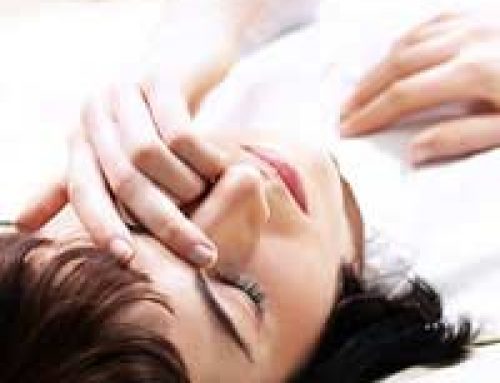 The more dramatic examples of Sleepwalking can be seen in the news. Sleepwalkers are able to perform complex movements and have been known to drive, talk, urinate and act out dreams which they are unable to control. In extreme cases they may be involved in falls, accidents, fights or other incidents.
The more dramatic examples of Sleepwalking can be seen in the news. Sleepwalkers are able to perform complex movements and have been known to drive, talk, urinate and act out dreams which they are unable to control. In extreme cases they may be involved in falls, accidents, fights or other incidents.
Deep Sleep
Sleepwalking (somnambulism) happens during deep sleep. It is rare in adults and more common in children. More boys than girls are affected and there is a connection between Sleepwalking and Night Terrors. Children may sleepwalk after waking from a nightmare, scream, and even try to leave the house or hide. They may urinate in a cupboard or other inappropriate place and fight or argue with anyone who attempts to wake them or guide them back to bed.
In adults, the condition is rarer. Adult sleepwalkers may leave the house, drive or perform other functions. They may fight with their partner or any person who tries to help. There have been cases where sleepwalkers have blamed their condition for involvement in violence or other misdemeanors.
Sleepwalking is more likely to occur during the first part of the night. It involves incomplete arousal out of deep sleep. Sleepwalkers are able to manoeuvre and perform complex actions, but will have little recall of what they have done. Observers may be surprised that they are sleepwalking as they may appear to be decisive and determined, and even fight off anyone who tries to interfere.
There is some evidence that Sleepwalking and other parasomnias such as Sleeptalking (somniloquy) and Night Terrors run in families. Children usually grow out of these naturally, but they can continue into adolescence and beyond. Although rare, they may persist into adulthood or even present for the first time after a trauma or during a stressful time.
Sleep Walking and Safety
Experts differ over whether sleepwalkers should be woken or not. Some advise gently guiding the walker back to bed and others suggest waking them first. The right course of action may depend on the individual and their response. A small child may be easily guided back to bed and may have no recollection of their behaviour in the morning. An adult may be argumentative and refuse to cooperate and need to be woken.
As sleepwalkers have no awareness of what they are doing the main concern is safety. Children should avoid bunk beds and parents should make use of stair gates and other protection. An adult sleepwalker may be harder to protect but by using window and door locks, hiding door and car keys and making sensible precautions it may be possible to prevent accidents.
Understanding Causes
There is no clear reason why children sleepwalk and many grow out of it with no lasting harm. Adults may have a history of the problem and it may reoccur during periods of stress or sleep deprivation. Many people are unaware of how stress and not getting enough sleep can affect their behaviour. They may look for other causes and become more anxious and believe there are more serious causes for the problem. In many cases an understanding of the condition and reassurance is enough to resolve the problem.
Sleep Deprivation and Alcohol may also be factors in adult Sleepwalking. Both affect the amount of time spent in deep sleep and REM sleep. Spending more time in deep sleep may be a trigger for the condition.
Less Walking, More Sleeping
Most children grow out of sleepwalking. Apart from keeping them safe, they should be reassured and educated about their condition. Care should be taken when sleeping away from home as they may be at risk in unfamiliar surroundings. Parents should make sure that they have sufficient sleep and that any other stressors in their life are discussed and resolved. Other children should be helped to understand what is happening and parents should try not to become too anxious.
Adults should make sure they have enough sleep and deal with any other stresses in their life. Alcohol and other stimulants should be avoided. It is advisable to discuss issues with partners and other friends and family who might need to be involved. Learning how to relax and adopting behaviours that will help improve sleep quality is also helpful.
Care should be taken when travelling or staying in unfamiliar places. Partners may find it difficult to cope especially if the sleeper is aggressive. It is advisable to see a GP if sleepwalking persists or causing distress as they will be able to advise on medication and other therapies that will help improve sleep.





Leave A Comment